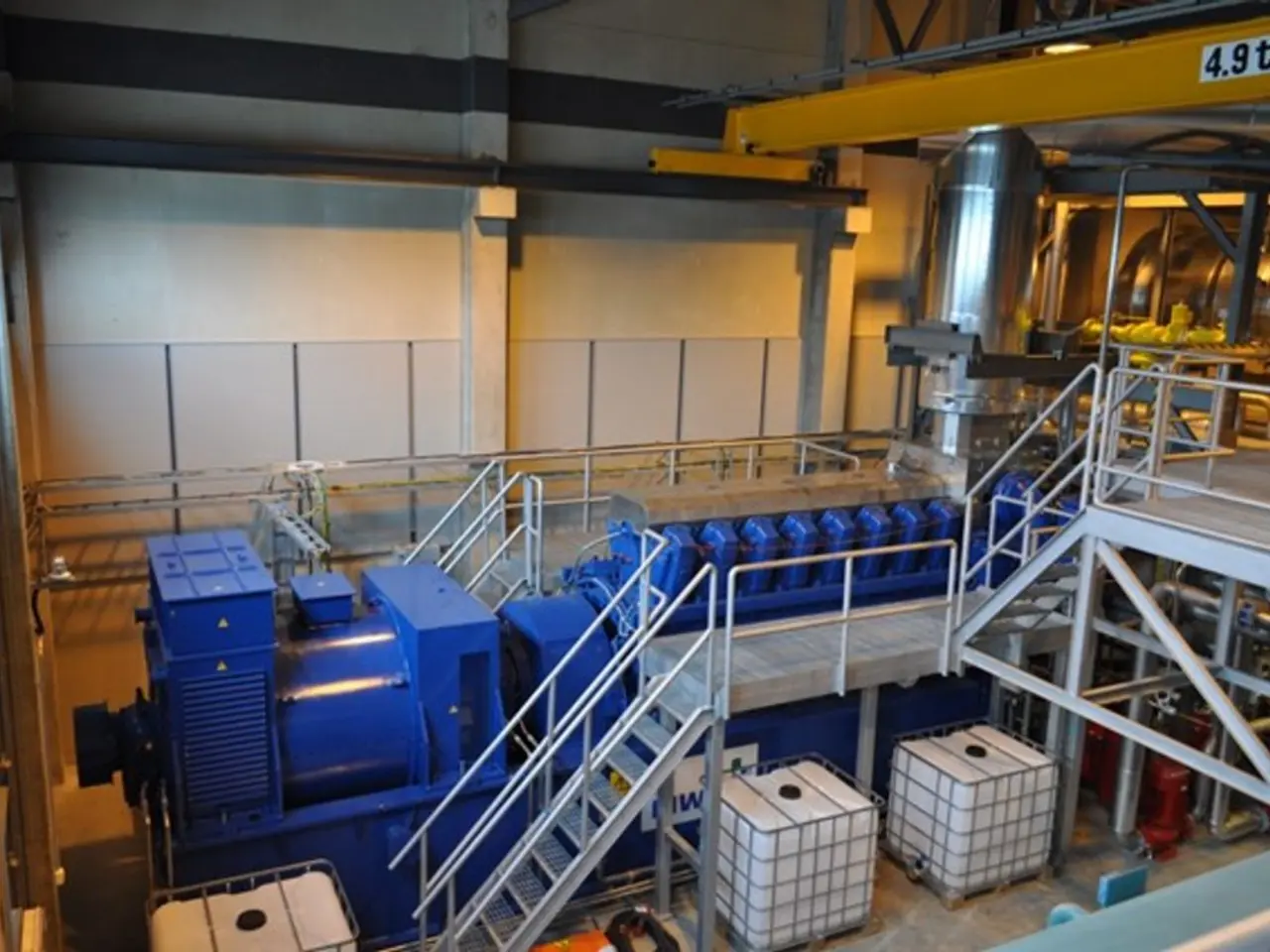Bitcoin Provides Environmental Advantages
In the world of cryptocurrencies, Bitcoin continues to dominate the scene, yet concerns about its environmental impact are growing. This digital currency requires a significant amount of energy for mining and transaction verification, consuming around 111.7 TWh annually and emitting approximately 61 million metric tons of CO₂.
However, efforts are underway to make Bitcoin more sustainable and eco-friendly. One key approach is the transition to renewable energy sources for mining operations. Currently, over 52-54% of Bitcoin’s electricity consumption comes from clean sources such as hydropower, wind, solar, and nuclear power. Mining companies are increasingly locating their operations near renewable energy farms or using methane flare gas from oil fields to reduce carbon emissions.
Another initiative is the adoption of green or "clean mining" initiatives. Platforms like XRP Mining offer cloud mining powered entirely by certified renewable energy sources, allowing investors to earn Bitcoin without owning energy-intensive hardware, thereby reducing the overall environmental impact.
Methane flaring mitigation and carbon offsets are also being implemented. Projects using methane flaring to power mining can offset about 2.3 million tons of CO₂e annually. Blockchain-based carbon credit verification programs have expanded, helping to verify and trade carbon offsets to mitigate mining emissions.
Energy-efficient mining hardware and cooling methods are also being developed, aiming to reduce energy demand and water usage related to mining heat dissipation. While not detailed in the search results, industry trends push towards more efficient ASIC miners and sustainable cooling technologies.
Regulatory and market-driven incentives are also encouraging investment in greener mining options and platforms with better environmental practices. Regulatory clarity and increased institutional interest through crypto ETFs are driving this change.
Certifications and labeling, such as the "Green Bitcoin" label, are being used to certify coins mined with renewable energy. This promotes transparency and consumer awareness, encouraging the use of more sustainable Bitcoin.
Despite these efforts, Bitcoin's environmental footprint remains high compared to many other technologies. However, the increasing share of renewables and clean initiatives offers a pathway to improved sustainability.
Other cryptocurrencies, like Ripple and Dash, also hold potential for promoting a healthy environment. Ripple is designed to make international bank transfers easier, while Dash is focused on security and anonymity. The unique algorithm of Bitcoin allows it to use less electricity while confirming transactions compared to other digital currencies.
There is also a potential to increase the distribution of Bitcoin extraction and processing to reduce energy consumption. By decentralizing the mining process, energy consumption could be spread out, making it less intensive for each individual miner.
Moreover, Bitcoin can help eliminate centralized international banks, reducing energy consumption and lowering greenhouse gas emissions. By eliminating the need for paper banknotes, production and transportation costs are reduced, making cryptocurrencies free of operational costs, lowering the financial sector's total environmental footprint.
Centralized mining pools are used for processing Bitcoin transactions, allowing users to avoid using intermediaries like a bank, which lowers the carbon impact and saves electricity.
In conclusion, while Bitcoin's environmental impact is a cause for concern, efforts are being made to make it more sustainable. By adopting renewable energy sources, implementing energy-efficient technologies, and implementing carbon offset or mitigation strategies, the environmental footprint of Bitcoin can be significantly reduced. The path to a more sustainable future for Bitcoin is promising, and with continued efforts, it can become a potent instrument for promoting a healthy environment.
[1] CoinShares (2021). Bitcoin Energy Consumption Index. [Online]. Available: https://www.bitcoinenergyconsumptionindex.com/
[2] XRP Mining. [Online]. Available: https://xrpmine.io/
[3] Statista (2021). Bitcoin's carbon footprint. [Online]. Available: https://www.statista.com/topics/11764/bitcoin-carbon-footprint/
[4] Cointelegraph (2021). Green Bitcoin: The rise of renewable energy in the crypto mining industry. [Online]. Available: https://cointelegraph.com/news/green-bitcoin-the-rise-of-renewable-energy-in-the-crypto-mining-industry
[5] The Guardian (2021). Bitcoin's carbon footprint is massive – but it could also be part of the solution. [Online]. Available: https://www.theguardian.com/environment/2021/mar/29/bitcoins-carbon-footprint-is-massive-but-it-could-also-be-part-of-the-solution
- Science and finance intersect as environmental concerns in cryptocurrency, particularly Bitcoin, prompt a transition towards renewable energy sources for mining operations.
- Investing in cryptocurrencies like XRP, which provides cloud mining powered by certified renewable energy, can help lessen the environmental impact associated with traditional mining practices.
- Efforts to make cryptocurrency more eco-friendly also include the development of energy-efficient mining hardware, carbon offsets, and labeling systems such as the "Green Bitcoin" label that ensures coins are mined with renewable energy, contributing to a more sustainable environment.




